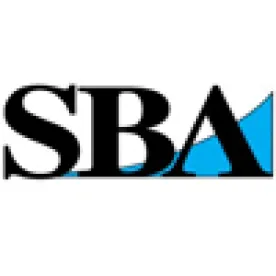As we head into the new year, it seems like a good time to check-in on the adjusted small business set-aside thresholds for 2022. As you may recall, the threshold are tied both to the micro-purchase threshold and the simplified acquisition threshold. While these rates are periodically adjusted for inflation, the thresholds remain unchanged going into 2022. Currently, the micro-purchase threshold is $10,000 and the simplified acquisition threshold is $250,000. Here’s what that means for small business set-asides:
Acquisitions $10,000 – $250,000: these procurements are exclusively set-aside for small businesses if the “Rule of Two” is met. FAR 19.502-2(a). The CO may therefore award a small business set-aside under the 8(a), HUBZone, SDVOSB, and WOSB programs. FAR 19.203(b).
Acquisitions > $250,000: these procurements may be set-aside for small businesses if the “Rule of Two” is met. FAR 19.502-2(b). Accordingly, the CO must first consider the small business socioeconomic programs before considering a general small business set-aside, unless already in the 8(a) program. FAR 19.203(c).
Where possible, non-construction contracts should be partially set-aside for small businesses when the “Rule of Two” is met. FAR 19.502-3.
The “Rule of Two,” as you may recall, requires a reasonable expectation that at least two responsible small business concerns that are competitive in terms of fair market prices, quality, and delivery, will compete.
As with any general rule, there are exceptions. Notably, the Department of Veterans Affairs (“VA”), under the Veterans First Contracting Program, must set-aside contracts for service-disabled veteran-owned small businesses (“SDVOSBs”) and veteran-owned small businesses (“VOSBs”) regardless of these thresholds. 38 U.S.C. § 8127(d). For acquisitions below $5,000,000, the VA may use non-competitive procedures (i.e., directed sole-source awards) to award to a VOSB or SDVOSB. 38 U.S.C. §§ 8127(c), (d).
Turning back to the dollar thresholds for general government purchasing, while these rates were changed more than a year ago (previously $3,500 – $150,000), the impact on small business government contractors remains to be seen. As we discussed previously, in FY 2020, the actual number of small businesses receiving prime contracts decreased from FY 2019 (which was a decrease from FY 2018). The increased simplified acquisition threshold may translate into a reduced barrier to entry for small businesses seeking to break into federal contracting, but that impact may take time. More set-asides may create more room for small businesses to compete on smaller-scale contracts to get their foot in the door. This, in turn, should lead to increased competition
But, federal contracting is not like the private marketplace. And even small contracts come with a host of government-specific requirements and sometimes cumbersome compliance obligations. And where past performance is often weighed heavily in an evaluation, many new companies face the Catch-22 of not being able to get their foot in the door because they do not yet have their foot in the door. So while the increased set-aside thresholds may present enticing opportunities for small businesses to become government contractors, small businesses should enter the government marketplace only after fully assessing whether they can withstand the government’s unique terms and conditions. The federal government is a wonderful customer; but they are also a demanding one. Small businesses need to be aware of these demands before they make promises that they cannot keep.


 />i
/>i

